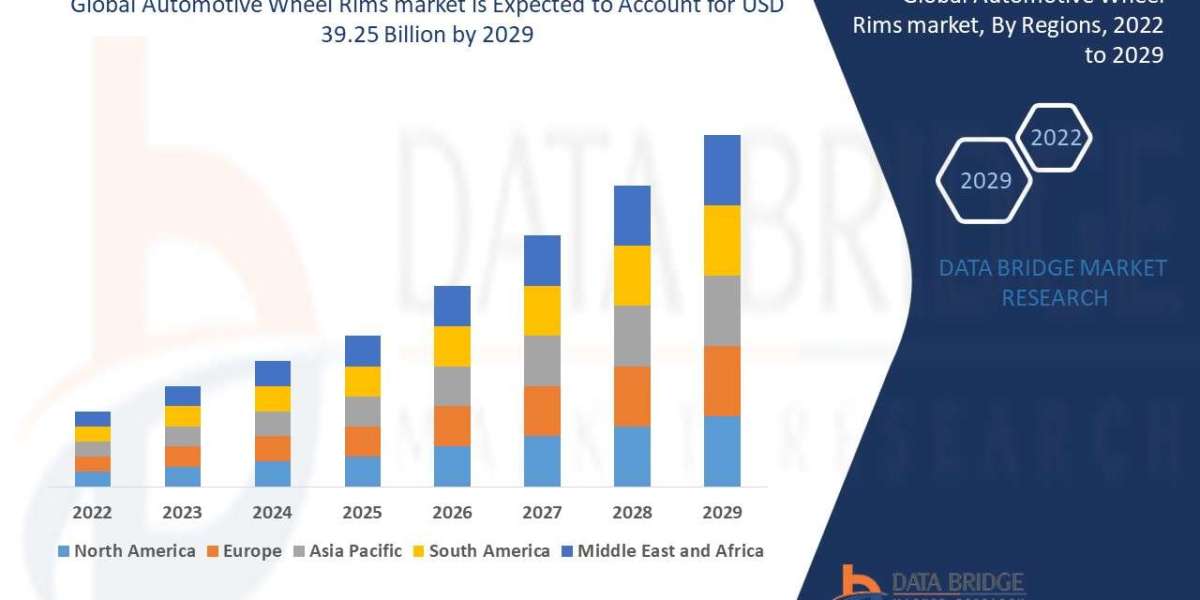Wireless charging technology has steadily gained momentum over the past decade, revolutionizing the way consumers power their electronic devices. From smartphones and wearable gadgets to electric vehicles, wireless charging offers a convenient and cable-free solution that appeals to modern lifestyles. However, despite its promising benefits and increasing adoption, the wireless charging market faces a number of significant challenges that could impact its growth trajectory.
Technical Limitations and Efficiency Issues
One of the foremost challenges in the wireless charging market is the inherent technical limitations related to charging speed and efficiency. Compared to traditional wired charging, wireless charging often delivers slower power transfer and experiences higher energy loss during the process. This efficiency gap is primarily due to the nature of electromagnetic induction and resonant coupling, which are the most common technologies employed in wireless charging pads and stations.
Consumers accustomed to rapid wired charging can find wireless solutions inconvenient, especially when devices require longer time to reach full battery. Moreover, the energy lost during transmission not only reduces efficiency but also raises concerns regarding heat generation, which may affect device longevity and user safety.
Standardization and Compatibility Issues
The wireless charging ecosystem is fragmented with competing standards, which creates compatibility challenges for both manufacturers and consumers. The Qi standard, developed by the Wireless Power Consortium, has become the most widely adopted protocol, yet several other standards exist, including AirFuel Alliance’s magnetic resonance technology.
This fragmentation results in uncertainty and confusion in the market, as consumers may find their wireless chargers incompatible with certain devices. For manufacturers, the lack of universal standards complicates product development and increases costs, hindering widespread adoption. The ongoing effort to unify standards remains a critical hurdle for the market to overcome.
Cost Barriers and Market Penetration
Wireless charging devices typically cost more to produce than their wired counterparts due to the complex technology and additional components involved, such as coils, circuits, and shielding materials. This higher production cost translates to premium pricing for consumers, which can be a barrier to mass market penetration.
In addition, the cost of integrating wireless charging into devices themselves adds to manufacturing expenses. While high-end smartphones and electric vehicles have embraced wireless charging, mid-range and budget segments are slower to adopt the technology due to price sensitivity. This disparity slows down the market’s overall expansion and limits consumer accessibility.
Infrastructure and Usage Limitations
Wireless charging requires specific infrastructure, including charging pads, stands, and embedded chargers in vehicles or furniture. The lack of ubiquitous wireless charging stations in public and commercial spaces restricts the convenience factor that the technology promises.
Users often still rely on carrying their chargers and cables when on the go, which undermines the “wireless” advantage. Expanding the infrastructure to offer seamless wireless charging in airports, cafes, offices, and vehicles demands significant investment and collaboration between stakeholders, which remains a challenging and time-consuming process.
Health and Safety Concerns
Despite the technology being generally regarded as safe, there remain public concerns about potential health risks associated with prolonged exposure to electromagnetic fields generated during wireless charging. While current scientific consensus indicates no conclusive harmful effects, misinformation and skepticism among consumers can impact market acceptance.
Manufacturers must address these concerns by adhering to stringent safety standards and conducting transparent communication to educate users. Failure to do so could lead to regulatory hurdles and reduced consumer confidence, further slowing adoption.
Environmental Impact and Sustainability Challenges
As the world shifts towards sustainable technology, the environmental footprint of wireless charging devices is under scrutiny. Wireless chargers consume more electricity due to energy loss, which can increase overall energy demand. Additionally, the production of wireless charging components involves materials that may not be eco-friendly or easily recyclable.
To align with global sustainability goals, the wireless charging market must innovate in developing energy-efficient solutions and use environmentally responsible materials. Without addressing these concerns, the market risks backlash from environmentally conscious consumers and regulators.
Future Outlook
While the wireless charging market faces multiple challenges, ongoing technological advancements offer promising solutions. Innovations like improved coil designs, better power management, and adoption of higher power output standards aim to close the efficiency gap with wired charging.
Efforts towards standardization, such as broader acceptance of the Qi protocol, are slowly harmonizing the market, improving compatibility, and simplifying consumer choices. As infrastructure develops and costs decrease through economies of scale, wireless charging is poised to become more accessible.
Ultimately, the wireless charging market’s success depends on overcoming these hurdles through collaboration among industry players, innovation, and clear communication with consumers. With steady progress, wireless charging could redefine how we power our devices in the near future.







